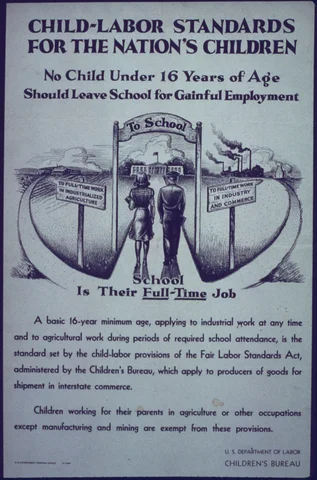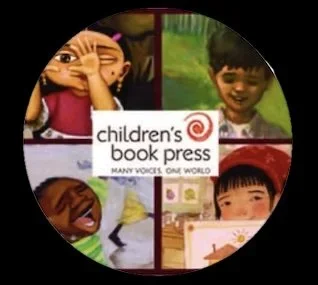-
 John Newbery lived from 1713-1767, and within his lifespan, he decided to help the children in 1744 and opened a bookstore. It was located in St. Paul's Churchyard, London. There, not only did he sell books, but he also published them. The books that he sold and published were created and established to teach young children, instead of instruct them like the chapbooks, battledores, and hornbooks were designed to do.
John Newbery lived from 1713-1767, and within his lifespan, he decided to help the children in 1744 and opened a bookstore. It was located in St. Paul's Churchyard, London. There, not only did he sell books, but he also published them. The books that he sold and published were created and established to teach young children, instead of instruct them like the chapbooks, battledores, and hornbooks were designed to do. -
 When children's books were just becoming established, their original purpose was to instruct the students. However, it was learned over time that children's books helped spark the imagination of children and didn't just need to be created for the purpose of teaching students. Some examples of this spark is the publication of Alice's Adventures in Wonderland by Lewis Carroll in 1865, and the publication of Through the Looking Glass by Lewis Carroll in 1871.
When children's books were just becoming established, their original purpose was to instruct the students. However, it was learned over time that children's books helped spark the imagination of children and didn't just need to be created for the purpose of teaching students. Some examples of this spark is the publication of Alice's Adventures in Wonderland by Lewis Carroll in 1865, and the publication of Through the Looking Glass by Lewis Carroll in 1871. -
 England was the country that provided the most books to North America. Therefore, over time, it lead to children books being published on a global level. Children all over the world were reading books published in various countries and enjoying it. Some examples include Pinocchio by Carlo Collodi, which was published in Italy in 1883, and The Wonderful Adventures of Nils by Selma Lagerlof, which was published in Sweden between 1906-1907.
England was the country that provided the most books to North America. Therefore, over time, it lead to children books being published on a global level. Children all over the world were reading books published in various countries and enjoying it. Some examples include Pinocchio by Carlo Collodi, which was published in Italy in 1883, and The Wonderful Adventures of Nils by Selma Lagerlof, which was published in Sweden between 1906-1907. -
 By 1907, it became apparent that children needed to prioritize school before work, so the first ever child labor laws were created and established. Public schools taught children how to read and write, which resulted in an increase of the publication of books. Even public libraries became more accessible to children.
By 1907, it became apparent that children needed to prioritize school before work, so the first ever child labor laws were created and established. Public schools taught children how to read and write, which resulted in an increase of the publication of books. Even public libraries became more accessible to children. -
 Macmillan, which was the US publishing house created a department for children's books and only children's books. The department head became Louise Bechtel Seaman, who used to be a teacher and editor.
Macmillan, which was the US publishing house created a department for children's books and only children's books. The department head became Louise Bechtel Seaman, who used to be a teacher and editor. -
Within the 1920s and the 1930s, modern picture books were beginning to be created and developed.
-
Helen Dean Fish and May Massee, within the years of 1922-1923, were the first children's book editors to be established.
-
Award was created.
-
Award was created
-
Throughout the 1940s and 1960s, the use and development of both children and young adult books were becoming majorly significant to the lives of young readers because they were being used in libraries, schools, and people's houses.
-
 Children's Book Press was created in 1975 by Harriet Rohmer to introduce diversity in language and cultural throughout picture books and children's books. Other diversity inclusion Press locations began to be created shortly after, like Just Us Books, and Dial.
Children's Book Press was created in 1975 by Harriet Rohmer to introduce diversity in language and cultural throughout picture books and children's books. Other diversity inclusion Press locations began to be created shortly after, like Just Us Books, and Dial. -
This award was created for nonfiction books.
-
In a study researched by Bishop in 1994, he found that there was a significant lack of people of color and diversity in children's books. He analyzed data within the 1990s, and found out that an alarmingly low rate, less than 4%, of children's books included people of color. These statistics decreased in 1999.
-
This award was created for informational books - Nonfiction.
-
As the years go by, children's literature is only getting more advanced, from graphic novels, to biographies, to novels, to nonfiction picture books, and all the way to e-books. There is also more diversity and inclusion within children's and young adult books, which is an amazing achievement.